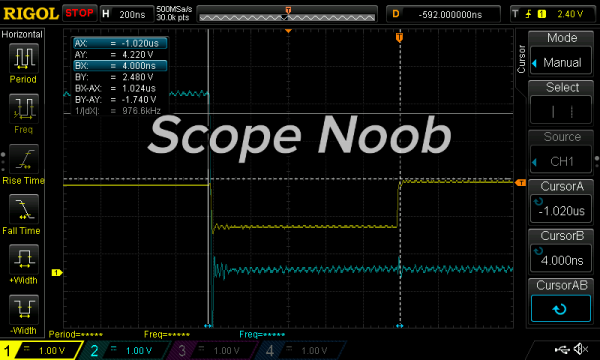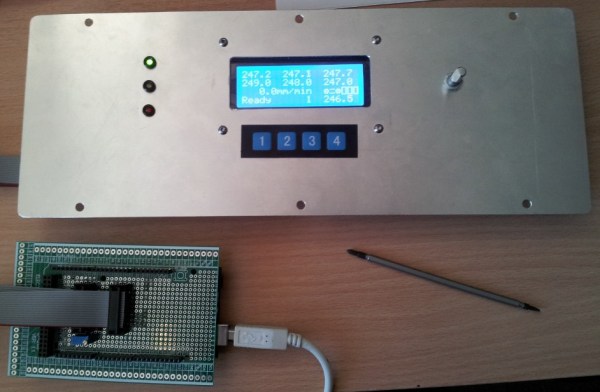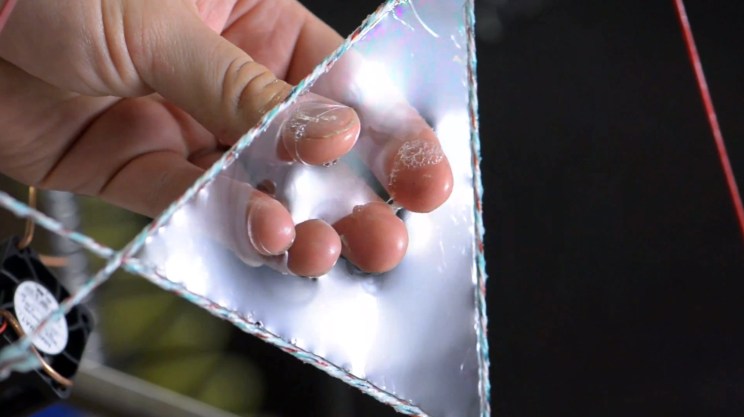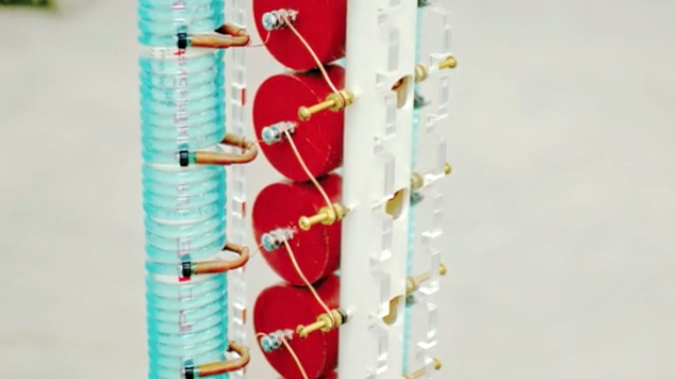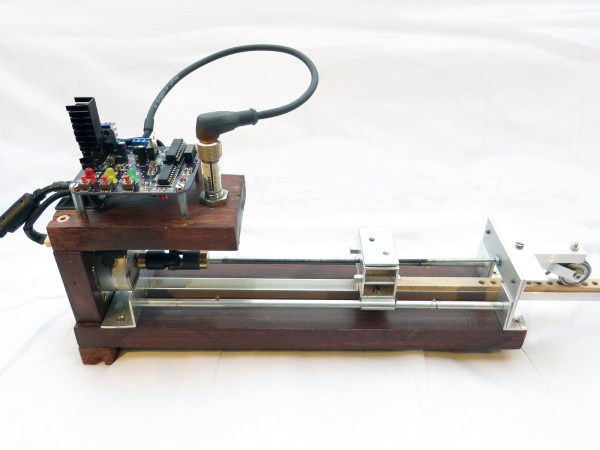In the early days of PBS member station WGBH-Boston, they in conjunction with MIT produced a program called Science Reporter. The program’s aim was explaining modern technological advances to a wide audience through the use of interviews and demonstrations. This week, we have a 1966 episode called “Ticket Through the Sound Barrier”, which outlines the then-current state of supersonic transport (SST) initiatives being undertaken by NASA.
MIT reporter and basso profondo [John Fitch] opens the program at NASA’s Ames research center. Here, he outlines the three major considerations of the SST initiative. First, the aluminium typically used in subsonic aircraft fuselage cannot withstand the extreme temperatures caused by air friction at supersonic speeds. Although the Aérospatiale-BAC Concorde was skinned in aluminium, it was limited to Mach 2.02 because of heating issues. In place of aluminium, a titanium alloy with a melting point of 3,000°F is being developed and tested.
Continue reading “Retrotechtacular: Supersonic Transport Initiatives”


